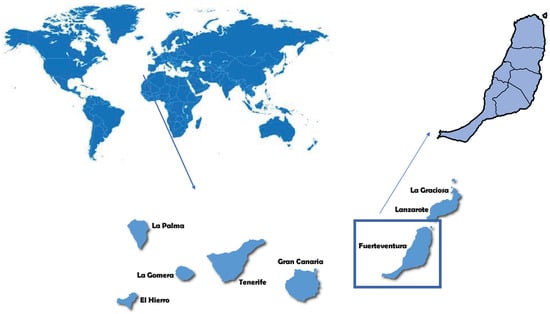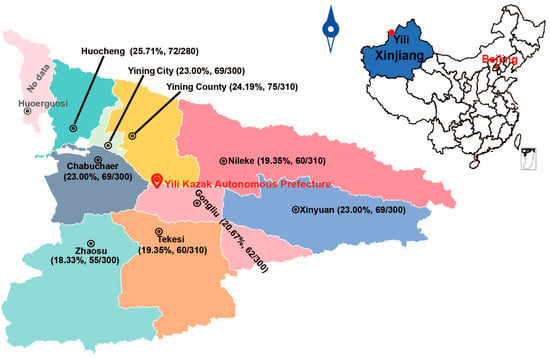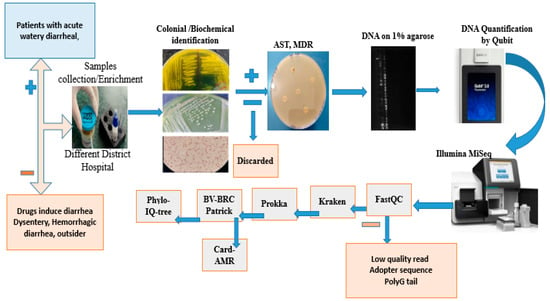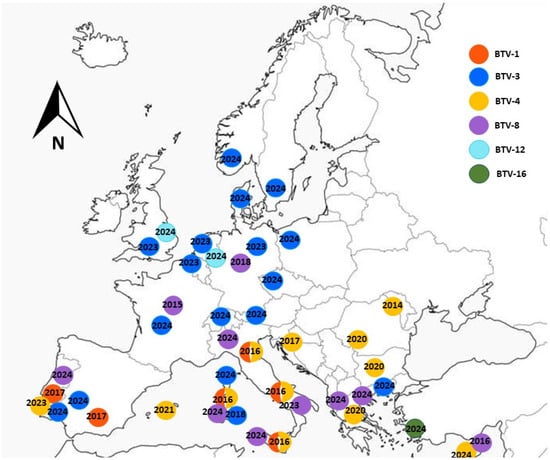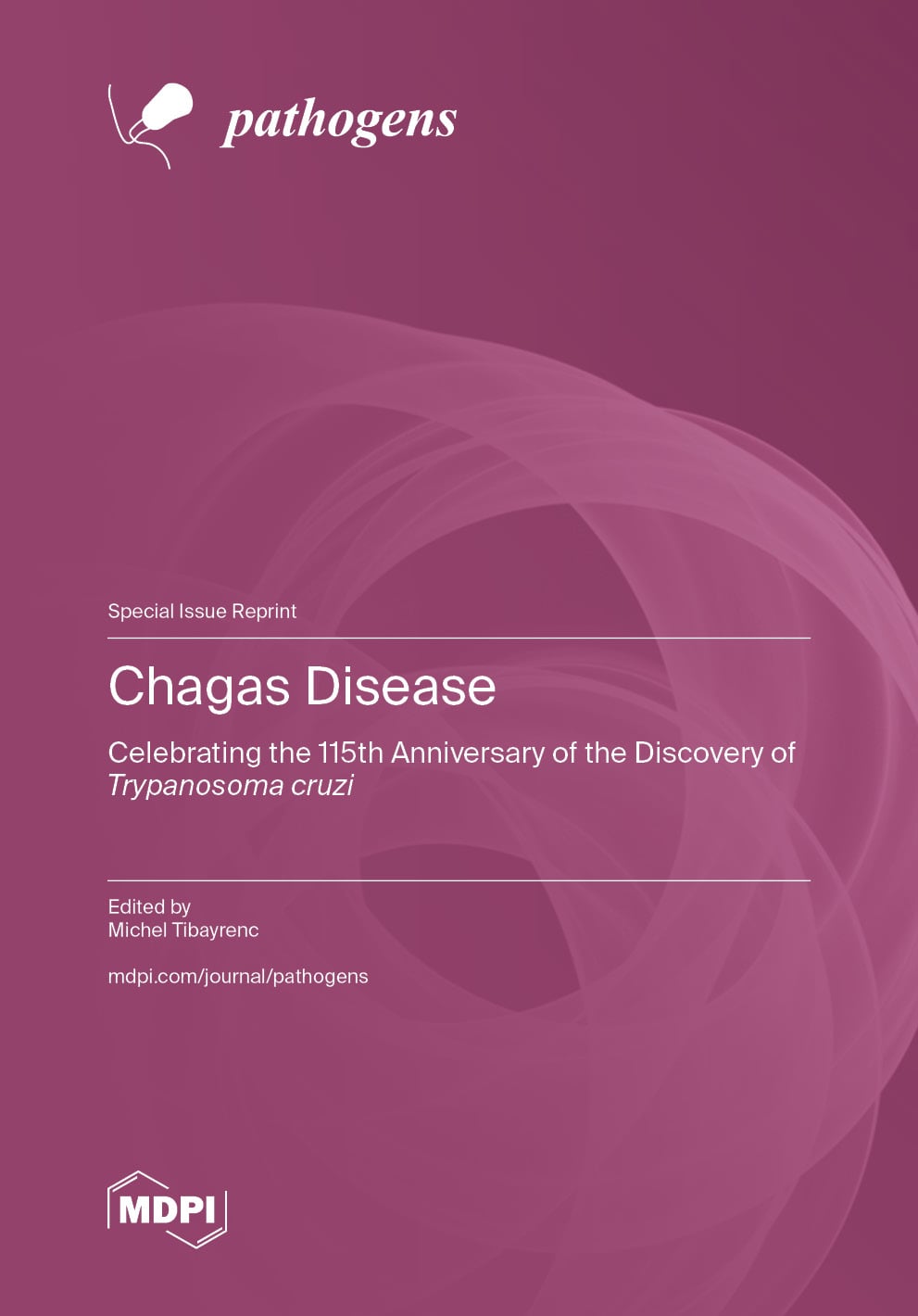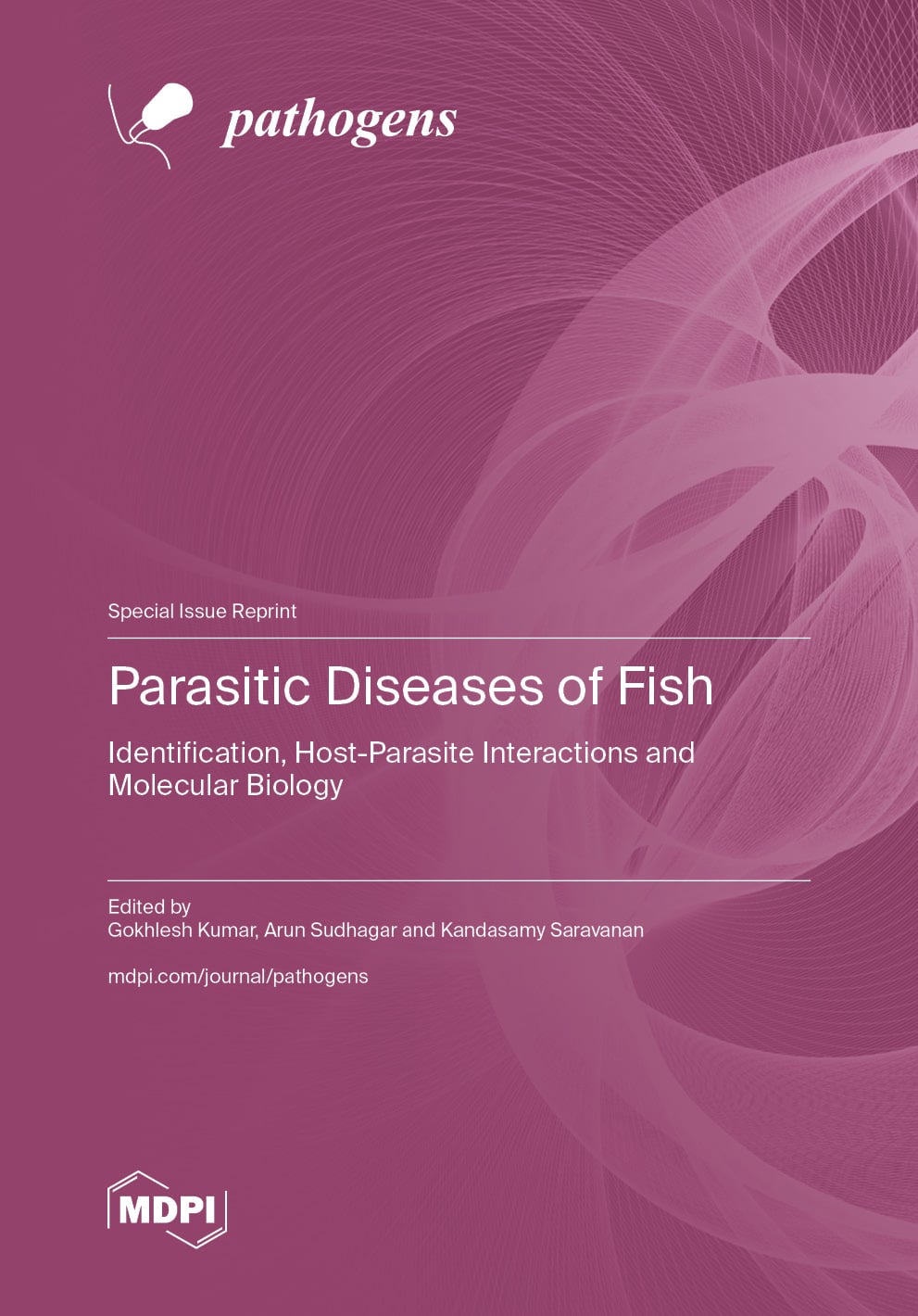- Article
High Occurrence of Pathogenic Free-Living Amoebae in Arid Environments
- Patricia Pérez-Pérez,
- Javier Chao-Pellicer and
- Rubén L. Rodríguez-Expósito
- + 7 authors
Free-living amoebae (FLA) are protozoa ubiquitous in nature, isolated from a variety of environments worldwide. In addition to their natural distribution, some species have been found to be pathogenic to humans. In the present study, FLA presence was evaluated and characterized at the molecular level from different water and soil samples in Fuerteventura Island, Canary Islands, Spain. A total of 31 samples were analyzed by culture and molecular assays (q-PCR and PCR). Moreover, the microbiological quality of the water samples was examined as required by current legislation and international standards. The obtained data revealed that the genus Acanthamoeba was the most prevalent genus of FLA in soil samples and the species Vermamoeba vermiformis was the most isolated in water samples collected from Fuerteventura by culture and molecular assays, q-PCR, and conventional PCR/Sanger sequencing. On the other hand, a microbiological analysis revealed heterogeneous contamination patterns. Escherichia coli was detected in several samples, with some exhibiting high counts while others showed no presence. Salmonella spp. appeared in multiple samples, particularly FTVW1, FTVW9, and FTVW13, whereas Shigella spp. was only found in one sample (FTVW1). Moreover, q-PCR detection offers advantages such as reduced detection time and cost. In addition, culture was proven to be more effective for confirming FLA viability and isolating a greater variety of FLA. Overall, the occurrence of potentially pathogenic free-living amoebae in habitats related to the human population, as reported in the present study, supports the relevance of FLA as a potential health threat to humans.
30 December 2025


